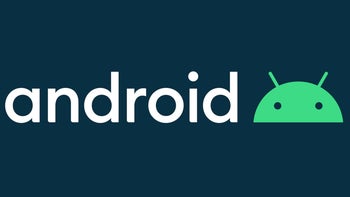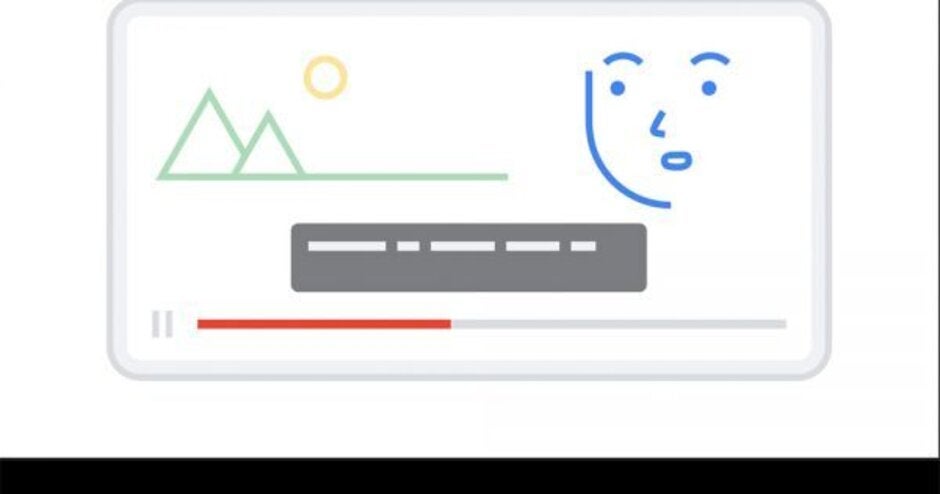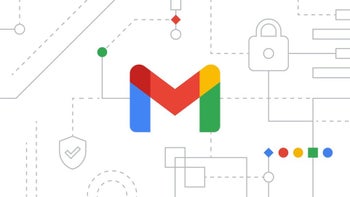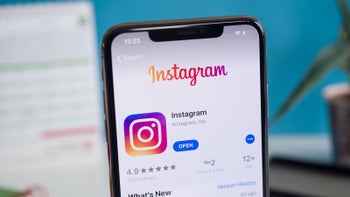Hidden code reveals an exciting new capability for Live Caption in Android 11

Live Caption is a feature found on Pixel 2, Pixel 3, Pixel 3a, and Pixel 4 series phones running Android 10. It also can be found on the Samsung Galaxy S20 line, the OnePlus 7T, and the OnePlus 8 models. As the name suggests, it provides captions on a real-time basis for media that is streaming on a compatible phone. Videos, podcasts, and audio messages can be captioned with this feature and that includes media that users have recorded themselves.
Live Caption is great for those who are hard of hearing; it also is useful for Android users who want to watch streaming content in a quiet location and don't have any earphones to use. Yes, most streaming media apps have their own closed caption setting but Live Caption will work with unscripted news shows and live sporting events (whenever we see those start up again). And according to XDA, it has found hidden code in Android 11 Developer Preview 3 that reveals a new functionality for the feature.
Those with a hearing problem will be able to read captions for a phone call
In the latest Developer Preview for Android 11, XDA examined version 2.13.302920511 of Device Personalization Services, the app that is home to the Live Caption feature. There, it found strings of code that included comments like "Enable Live Caption over this phone call." This is a pretty good clue telling us that Live Captions will be available for use with phone calls in Android 11. When Live Caption is used on a call, all of the participants of that call will be notified via audio that their conversation is being transcribed into captions. The message will say, "Hi, the person you’re about to speak with has call captions turned on. They’ll see captions of what you say to help them listen along."

Live Captions could be coming to phone calls with Android 11
There is no guarantee that this feature will make it to the final version of Android 11 which should be released in September. The first Android 11 public beta is expected to roll out sometime next month. At that time, Android users can head over to google.com/android/beta, sign in with their Google account information, and see whether the device they own is eligible to join the beta program. After tapping the screen on an image of that device, they will receive an update to install. Once the update is installed, there is no turning back. The phone must remain in the beta program until the final version of Android 11 is disseminated with one way out. If the device owner wants to leave the beta program, it will require a factory reset to return to Android 10.
So the bottom line is that you better be sure before you sign your phone up for the beta program that you can afford to live with the bugs and issues that are part of the beta versions of the OS. So you have to weigh the risk of having certain features of your phone not working correctly and the possibility that you'll have to perform a factory reset against being the first person in your group to own a phone running Android 11.
If the Android phone you plan on signing up to the beta program with is your daily driver, you might want to wait for the last or next-to-last beta update. At that time, the new OS build is more or less stable and most of the new features are running although not necessarily in their final polished form. And you'll still be able to show off Android 11 to everyone else on your block. One new option for Pixel users that we might see in Android 11 is code-named "Columbus." By double-tapping the back of a Pixel phone, a user will be able to activate certain features.










Things that are NOT allowed: